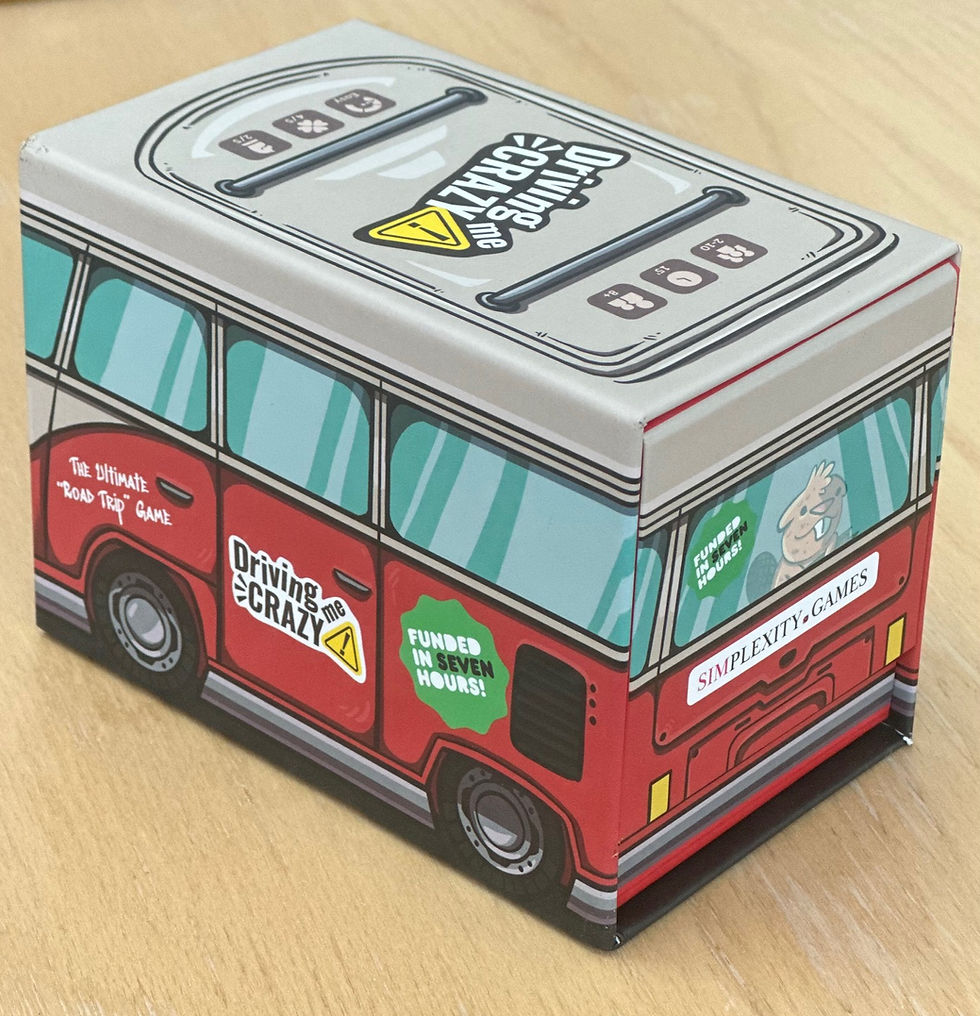Unforgiven
- Selwyn Ward

- Jun 22, 2021
- 4 min read
The title of this game notwithstanding, you'd be forgiven for not knowing very much about the historical theme. We all know about Abraham Lincoln and that he was US President during the American Civil War. Most of us know of his role in abolishing slavery; tho' his views on emancipation were actually more nuanced than now painted: he favoured abolition but made it clear that he'd be prepared to form an accommodation with continued slave ownership if that would preserve the Union. For most of us, tho', Lincoln's story ends abruptly with his assassination. Relatively few of us know the details of what became of his murderer (John Wilkes Booth) and those who were subsequently arrested as his co-conspirators. It is this aftermath of Lincoln's death that forms the theme of this engrossing game from Tom Butler and Green Feet Games.
Tho' Booth, Lincoln's assassin, was tracked down and fatally injured in a shootout 12 days after the assassination, several other co-conspirators were rounded up and put on trial. Some had been involved in plots to murder other members of Lincoln's Cabinet (at the same time the President was shot by Booth, Secretary of State William Seward was stabbed five times in the face and neck by his would-be assassin but he survived the attack). Those subsequently put on trial as conspirators included the assassin who attempted to kill Seward and another who had planned to kill the Vice-President but who had lost his nerve and failed to go through with the attempt. One woman was among the eight people arrested and tried in May 1865 as conspirators.

The Civil War had ended but the co-conspirators were tried together in a military rather than civilian court. This game focuses on just one of the defendants, however: Mary Surratt. She ran the boarding house where Booth and his compatriots had met. She was certainly a Confederate sympathiser but the evidence against her was thin. She was convicted and executed but her trial was controversial and historians are divided about her actual culpability. Even after her conviction, a letter calling for clemency was signed by a majority of the members of the military court that had found her guilty. She was executed nonetheless.
Tom Butler's game gives you the opportunity to re-run Mary Surratt's trial. It's a two-player game where one player acts as the prosecutor and the other as counsel for the defence. You'll each be trying to sway in your direction the jurors who make up the military court. You won't actually be presenting legal arguments because this is a card drafting game rather than a moot simulation. It's an immersive game, however, and the detail on the various cards you'll be drafting will certainly increase your understanding of this period of US history.
There are three decks of cards representing three 'phases' of the trial. At the start of the game, the Phase 1 cards are laid out in an overlapping grid, alternately face up and face down. You can only draft a card that is completely uncovered, so initially there will be just two cards available for draft. When a card is taken, the cards beneath it are uncovered and so made available for drafting; cards that were previously face down are flipped so that the players can see what they are. This system means that almost every card you take releases more cards for the other player, and you don't always know what you will be giving them until those cards are revealed. When all the Phase 1 cards have been taken, the process is repeated with Phase 2 and Phase 3.
When you take a card, you have a choice over what you do with it. You can pay the requisite 'sway' (tokens used as the game's 'currency') to add the card to your argument. Depending on the card, this may give you added advantage in subsequent turns and it will likely give you access to evidence icons that you can use in further drafting and in influencing the military tribunal jurors. Alternatively the cards you take can be discarded to earn 'sway' or to contribute to the persuasion of jurors.
In addition to the cards, players can draft the various custom six-sided dice. Unlike the cards, these are single use but they can prove to be quite powerful when used in combination.
Players are trying to win either by moving the justice marker all the way along the 'reasonable doubt' justice track or by 'persuading' four jurors (oddly not a majority). Jurors are persuaded by meeting the criteria (evidence icons) on the jurors in your hand (players each start with two jurors deemed sympathetic to their cause) and by meeting the requirements to move jurors to your edge of the table. You can see that both the justice and juror tracks involve a tug-of-war between the players. If this to and fro doesn't result in one side or the other winning by the time the Phase 3 cards have all been drafted, the trial is resolved by totting up each side's 'trial points' (mainly shown on cards in your argument).
Tho' Unforgiven is easy to learn, it's a game with a lot of depth. It's a strategic tussle that can sometimes mean you have to cede ground to your opponent in order to seize the advantage elsewhere. The game is thematically strong, tho' it costs three dice to shout 'Objection!' and scupper an opponent's action, so that's a recourse we'd recommend saving for your Perry Mason role play rather than this game. Unforgiven is a great game, and we guarantee you'll finish each play knowing a lot more of the history than when you started.
(Review by Selwyn Ward)



